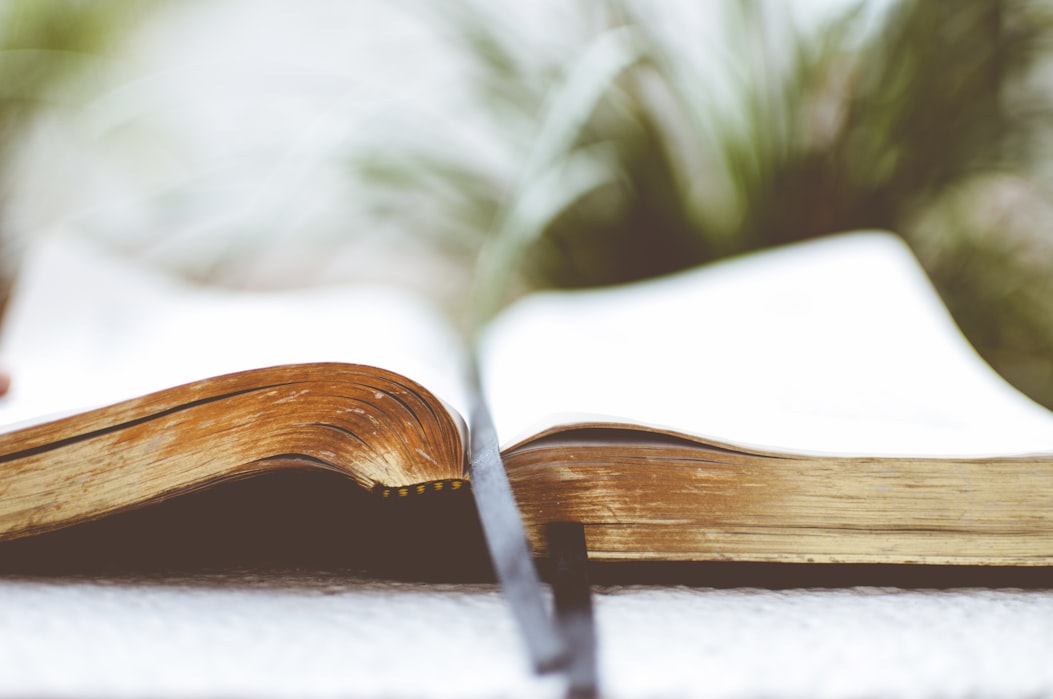Moving to California four years ago was a life changing choice. I was a newlywed and had our life, and my teaching career, already established. However, my husband received a job offer that relocated us from one coast to the other. Four days on the road and finally we had reached our new home with a fresh outlook and a hopefulness for our future.
It took me some time to find work right away, but eventually I was lead to a private Christian school where I would end up spending the next few years as an assistant teacher. First, I began in the preschool then worked my way to first and eventually back to second grade. During those years I learned a lot, had a baby in between, and due to my husband's new job we were once again relocated but this time to San Diego.
Looking back on my time at my school, I cherish those memories because I was able to work in an environment that was faith based and I could share in that with my students. One of the biggest skills that my second graders didn't quite have a firm grasp on was prayer. Prayer was sprinkled in throughout our day from morning meeting to honoring special occasions and events within our classroom as well as school-wide, so I found it to be important to break it down for my kids in a way that made sense and gave them plenty of opportunities to practice.
Which leads me to...
Teaching Prayer
Five-Finger Prayer Method
I should first point out I am not Catholic, but I have to say just how much I adore Pope Francis and his teachings. Pope Francis has been, in my opinion, more active across the world and in a lot of ways very forward thinking when it comes to doctrine and acceptance amongst Christians and Catholics alike.
One concept that he shared for children back before he was Pope was the Five-Finger Method for praying. It's a super simple to-the-point approach that allows for children to remember how to pray to God - expressing more than just the wants or needs of themselves. By using each finger, it reminds us of the people we should think about when praying.
* Amazon affiliate link
1: Your thumb is closest to you, so remember to begin by praying for someone close to your heart. These people are the easiest to remember.
2: Your pointer finger represents the people who guides, teaches, or heals you. Your prayers should be for guidance, discernment, knowledge, or courage to better be helpful towards others.
3: Your middle finger is your tallest finger, which represents the leaders within our schools, communities, and country. This includes prayers for those who make important decisions that could have a direct affect on others and ourselves.
4: Your ring finger is your weakest finger, so it is important to pray for those who are weak due to illness, homelessness, or have challenges or struggles.
5: Lastly, our pinkies are last and represents prayers for ourselves. By praying for others first, by the time we get to praying for ourselves and our needs our perspectives may change. The more we realize what others are going through, it can ultimately alter what we pray for.
Letters to God
One way, aside from praying, to communicate with God is by writing our prayers down. A lot of kiddos don't realize that God hears us just the same and these worksheets are a great resource in the classroom - or could even be put in a writing center during language arts!
This download comes with differentiated writing pages with and without guides. Choose which best fits the needs of your classrooms and print! Another handout I've included are prayer requests! It's another guided handout that directs students to fill in the blanks with people or circumstances they'd like to pray about (or even have others pray for them).
Scripture Journals & Reflections
One of the big ways we reflect on the month's scripture lessons are with consistent reflections and shares. After teaching a piece of Scripture, students copy the verse, record the verse chapter, and reflect on what they've learned or how they could carry on the lesson in their lives. At the end, they can draw a simple picture representing their reflections.
I look forward to using this not just in my own classroom, but also to have as a home resource with Greyson when he's older!
You can pick this resource up over at my shop today!






